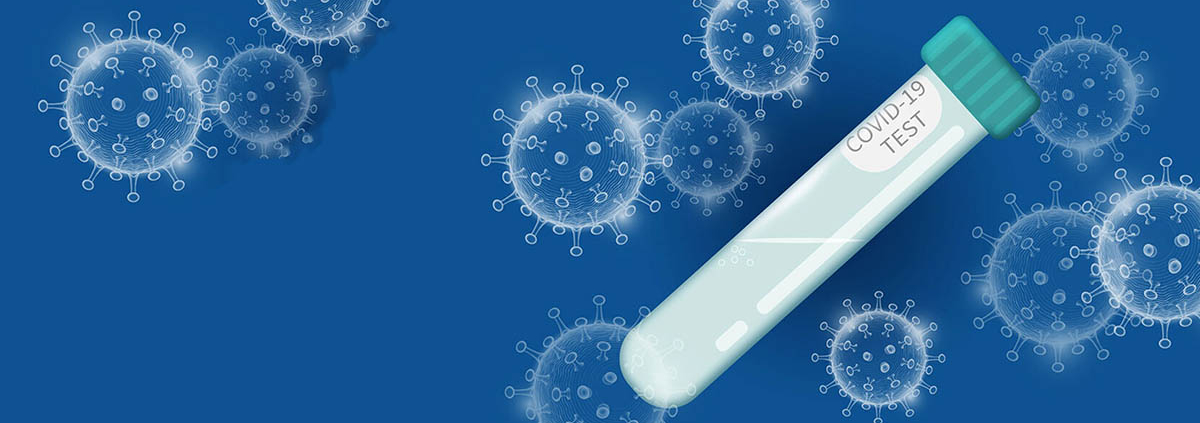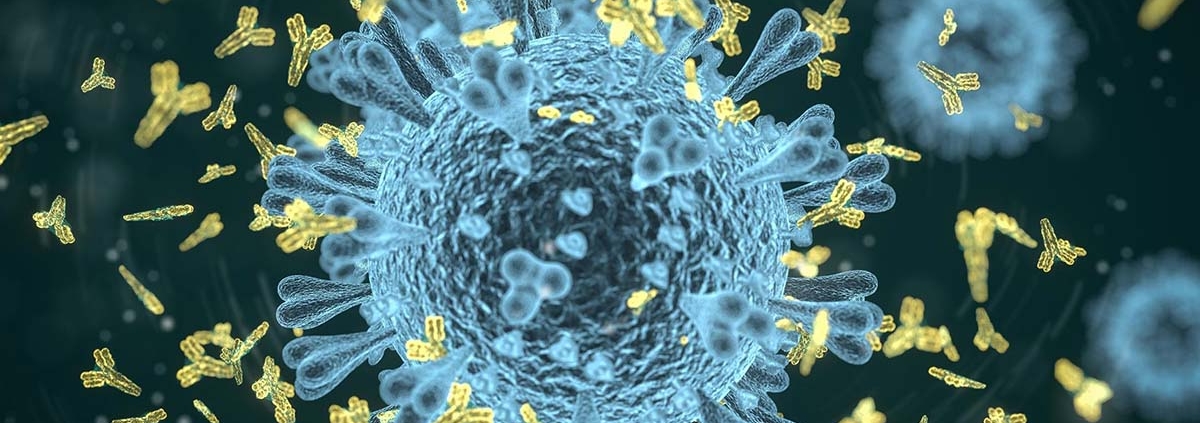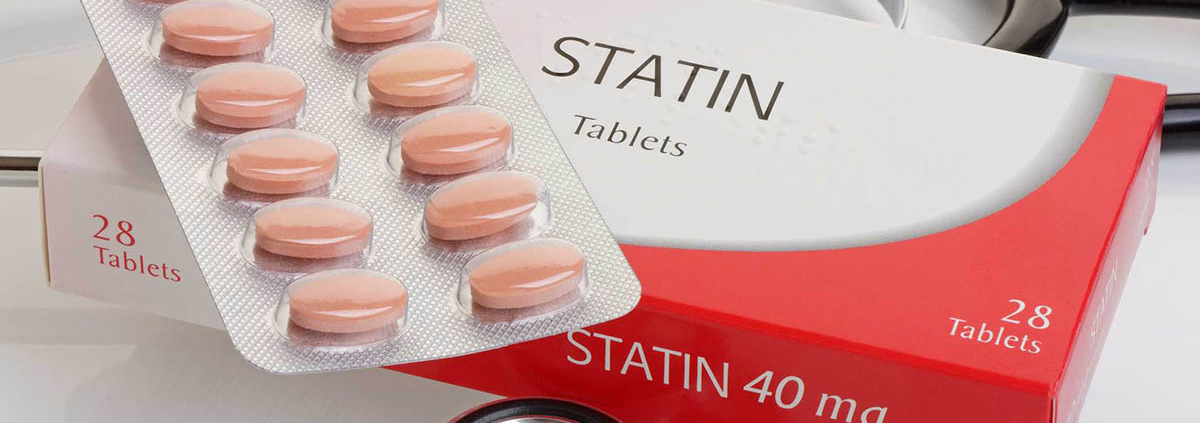Symptoms for early COVID-19 infection differ among age groups and between men and women, new research has found.
These differences are most notable between younger age groups (16-59 years) compared to older age groups (60->80 years), and men have different symptoms compared to women in the early stages of COVID-19 infection.
The paper, published in The Lancet Digital Health . The researchers modelled the early signs of COVID-19 infection and successfully detected 80% of cases when using three days of self-reported symptoms.
18 symptoms were examined, which had different relevance for early detection in different groups. The most important symptoms for earliest detection of COVID-19 overall included loss of smell, chest pain, persistent cough, abdominal pain, blisters on the feet, eye soreness and unusual muscle pain. However, loss of smell lost significance in people over 60 years of age and was not relevant for subjects over 80. Other early symptoms such as diarrhoea were key in older age groups (60-79 and >80). Fever, while a known symptom of disease, was not an early feature of the disease in any age group.
Men were more likely to report shortness of breath, fatigue, chills and shivers, whereas women were more likely to report loss of smell, chest pain and a persistent cough.
While these models were generated in the COVID Symptom study app, models were replicated across time suggesting they would also apply to non-app contributors. Although the models were used on the first strain of the virus and Alpha variants, the key findings suggest the symptoms of the Delta variant and subsequent variants will also differ across population groups.
Release date: 30 July 2021
Source: King’s College London










